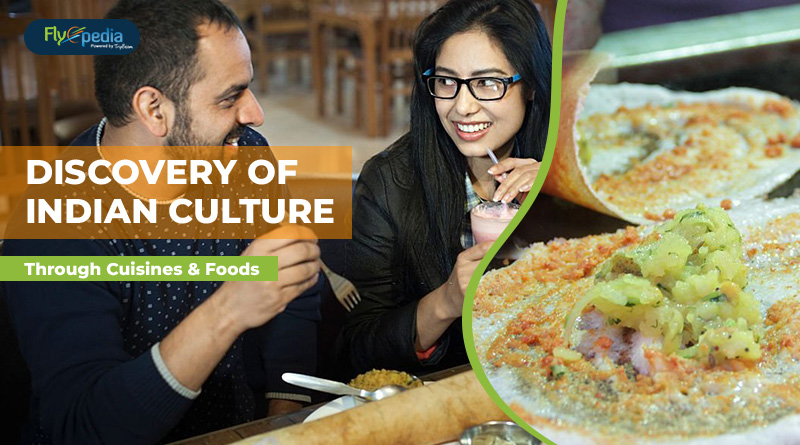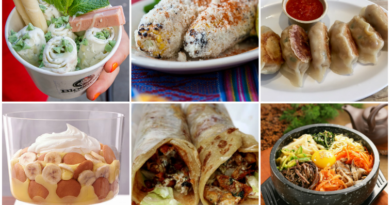Discovery Of Indian Culture Through Cuisines & Foods
People enjoy Food, also known as Khana in Hindi and shaped in Tamil.. To understand India as it is today, you need to first understand the growing economy due to liberalisation and the impact it has on middle class life. Currently, middle class people consume more food than ever, seeing it as something that represents Indian culture. It has vastly changed from the 1960s food economy that bordered on the lines of famine. Book cheap flights to Hyderabad India from USA on Flyopedia if you want to experience it all before your eyes.
What is the current state of Indian culture in terms of food?
India has turned into a culture where food appears plenty and cooking shows dominate the local TV channels, where chefs or regular folk show off their cooking skills. Companies showcase local foods that are handmade and indigenous cooking techniques on tourism brochures- both domestic and international. Tour guides conduct excursions to the rural villages where travelers can learn the techniques, recipes and ingredients firsthand.
Major restaurants feature international cuisines to attract guests, but packaged Indian foods are more popular nowadays. Visitors have never explored tiny street shacks, stalls and local restaurants this enthusiastically. But lifestyle websites and magazines wave their green flag to healthy, organic, sustainable alternatives.
Also Read: What To Do As A Solo Female Traveler Visiting India For The First Time
How does food connect to religion based values?
Food in Ayurveda (Hindu) and Unani (Muslim) medical systems are categorised into 3 categories, based on its reactions to the body. They are kapha (cold and phlegmy), Vaata (movable and gassy), or pitta (hot and irritable).The consumption of food is not only linked to feelings of balance and good health, but also to deep rooted personality traits and disorders. Eating Sattvic food (prescribed food that cools the senses) is preferred compared to the Rajasic foods (food of the kings) that intensify passions.
Should you prefer getting a tour of different categories of Indian foods, book your flights from USA to Amritsar on Flyopedia and check it out yourself!
Caste-based Food Categories and Dietary Restrictions
The division of foods into categories is also based on caste (a religion based purity system) with a few exceptions. Since the 12th century, upper caste Jains, Hindus and some regional groups of people only eat vegetarian and promote ahinsa (non- violence). They won’t even have processed foods, onions or garlic as these violate the purity and chastity principles. The Hindu religion forbids having beef because cows are sacred, and Hindus of middle and lower castes eat meat.
Religious Influence on Food Choices in India
Though not prevalent anymore, India before freedom also had a distinction between cooked and uncooked foods, in relation to contamination. For example,People belonging to lower castes render raw rice, pure even when served in Hindu religion, but render cooked white rice impure upon contact.
Muslims living in India may have anything from mutton, beef and poultry, but would not even consider having pork or shellfish. Christians can have all types of non- vegetarian foods and Parsi people prefer having lamb and poultry over other types of meat.
Nowadays, vegetarian food culture has evolved to being the default diet. And generally, people consider meals to be complete without there being a meat option on the plate. People widely use indigenous spices such as cardamom, pepper and cloves, along with various other spice additions.
Found this interesting? Book your own last minute flight tickets to India on Flyopedia and consider getting a cultural food tour of India. We’re sure you would love it and learn many details to add to your mind’s knowledge library.
Also Read: Where To Travel In USA To Celebrate Independence Day?




